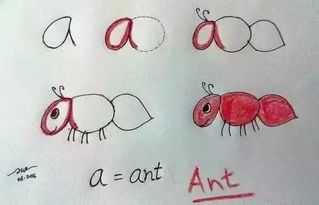
The Art of Painting: A Journey Through Colors and Creativity
英语 画画 男朋友 简笔画 英文 孩子 字体 字母 手写 绘画 老母亲 姚晨 太难 手绘技巧 克罗德 初中英语发布日期: 2025-07-20
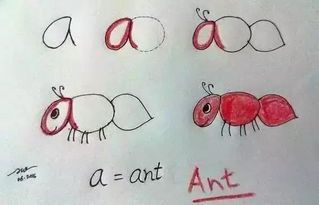
Painting is one of the oldest and most profound forms of artistic expression. It transcends language barriers and cultural differences, allowing artists to convey emotions, stories, and ideas through the medium of color and form. From the cave paintings of prehistoric times to the digital art of today, painting has evolved significantly, yet its essence remains unchanged—a visual dialogue between the artist and the viewer.
The history of painting is rich and diverse, spanning countless styles and movements. The Renaissance period, for instance, brought us masterpieces like Leonardo da Vinci's "Mona Lisa" and Michelangelo's Sistine Chapel ceiling. These works not only showcase technical brilliance but also reflect the humanist ideals of the time. Later, movements such as Impressionism, led by artists like Claude Monet and Vincent van Gogh, revolutionized the way we perceive light and color in art.
Techniques in painting vary widely, from the meticulous brushstrokes of realism to the bold, abstract expressions of modern art. Oil painting, watercolor, acrylic, and gouache are just a few of the mediums artists use to bring their visions to life. Each medium offers unique possibilities and challenges, encouraging artists to experiment and innovate. For example, watercolor is known for its transparency and fluidity, while oil paint allows for rich textures and deep, vibrant hues.
Beyond technique, painting is deeply personal. It serves as a window into the artist's soul, revealing their thoughts, fears, and dreams. Frida Kahlo's self-portraits, for instance, are powerful explorations of identity, pain, and resilience. Similarly, Jackson Pollock's abstract expressionist works capture the chaos and energy of the human psyche. Whether figurative or abstract, every painting tells a story, inviting viewers to interpret and connect with it on their own terms.
In the modern era, painting continues to thrive, adapting to new technologies and societal changes. Digital painting, for example, has opened up endless possibilities for creativity, blending traditional techniques with cutting-edge tools. Despite these advancements, the fundamental appeal of painting remains—its ability to inspire, challenge, and move us. As long as there are artists willing to pick up a brush, the art of painting will endure, a timeless testament to human imagination and emotion.


The Art of Painting: A Journey Through Colors and Creativity
发布日期: 2025-07-20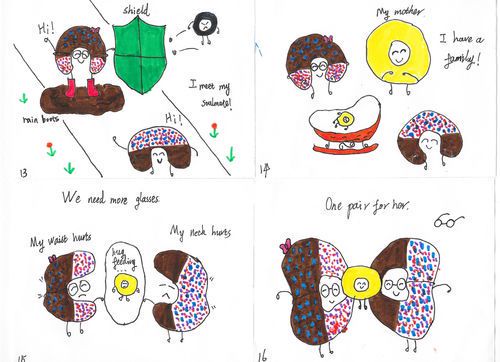
喜欢绘画的英文:艺术与语言的交融
发布日期: 2025-06-19
绘画之乐:用英语探索艺术世界
发布日期: 2025-07-03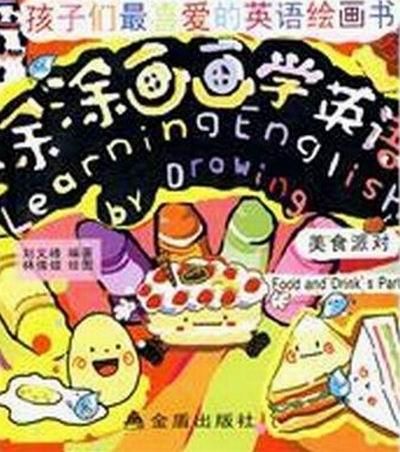
如何通过图片绘画学习英语
发布日期: 2025-06-25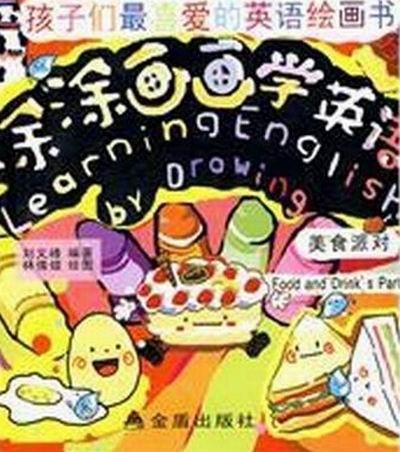
图片绘画英语:用艺术激发语言学习的创造力
发布日期: 2025-06-25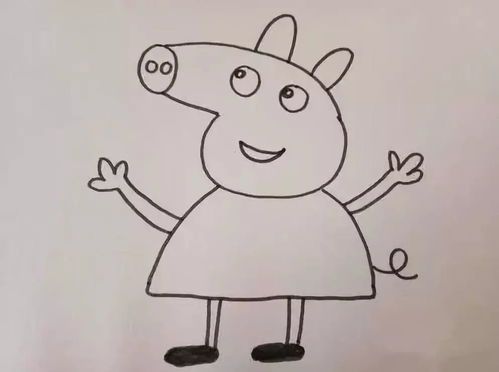
绘画艺术的英文表达
发布日期: 2025-07-06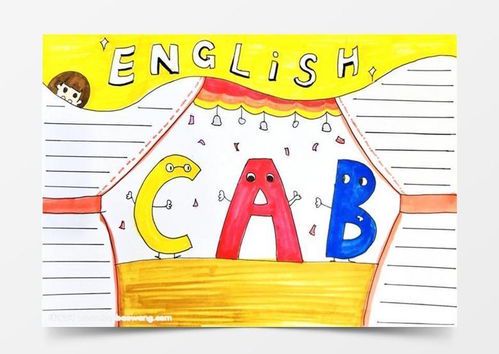
绘画艺术的英文表达解析
发布日期: 2025-06-21
图画绘画英语:艺术与语言的完美结合
发布日期: 2025-06-10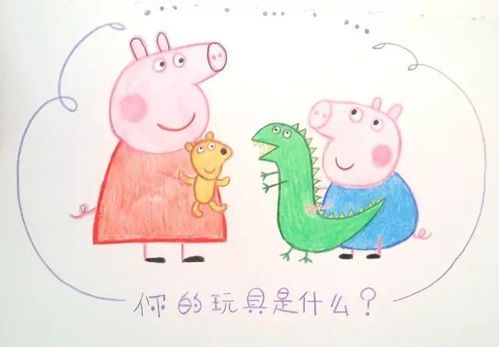
她笔下的龙与绘画艺术
发布日期: 2025-06-29
如何用英语表达“我喜欢绘画”
发布日期: 2025-06-16
我喜欢用英语表达对绘画的热爱
发布日期: 2025-06-26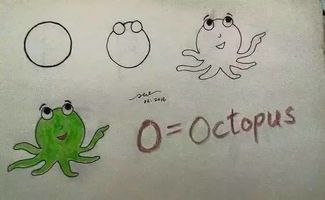
绘画中的自我表达:我在绘画的英文
发布日期: 2025-06-20
绘画与英语:我的双重热爱
发布日期: 2025-07-29
我最喜欢用英语表达绘画的乐趣
发布日期: 2025-08-08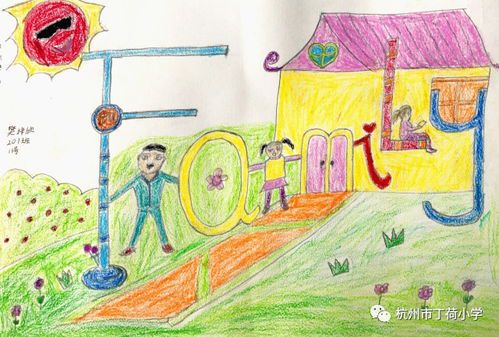
绘画英语日记:我的一周艺术之旅
发布日期: 2025-06-10
绘画与英语交织的一天
发布日期: 2025-07-04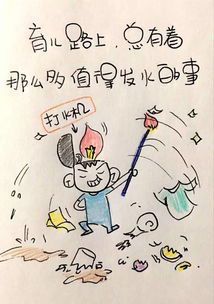
我的家庭绘画英语之旅
发布日期: 2025-07-17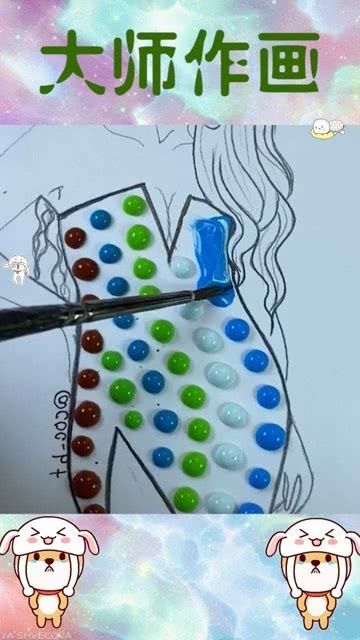
用染料绘画的英语艺术探索
发布日期: 2025-07-15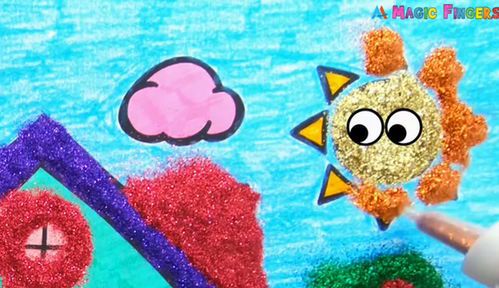
如何用颜料绘画:英文术语与技巧
发布日期: 2025-07-24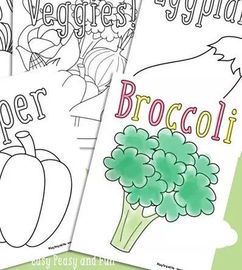
绘画艺术与英语学习的奇妙结合
发布日期: 2025-06-07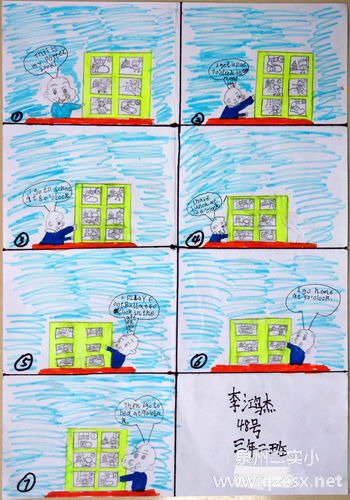
绘画艺术的英文表达
发布日期: 2025-07-17
如何用英文表达“画画”及相关术语
发布日期: 2025-06-21